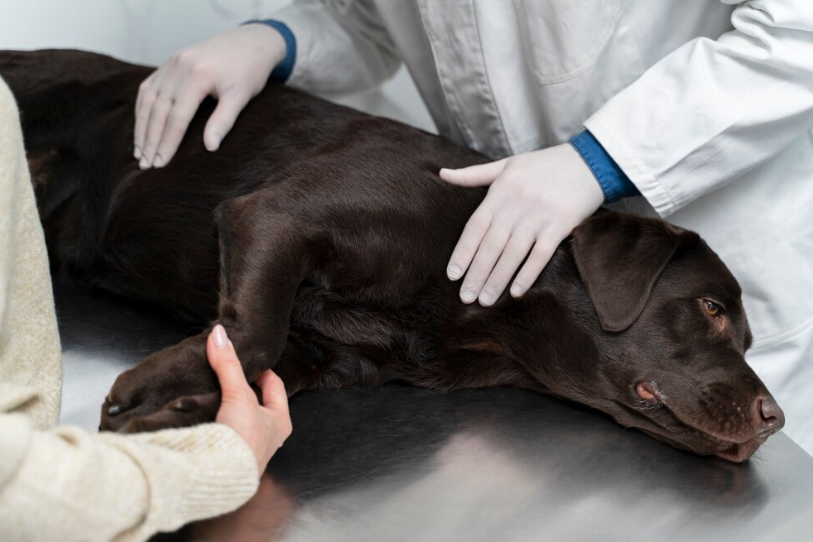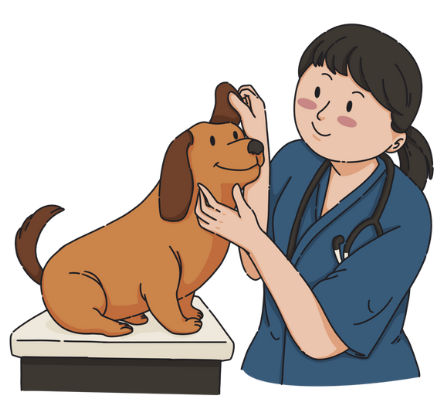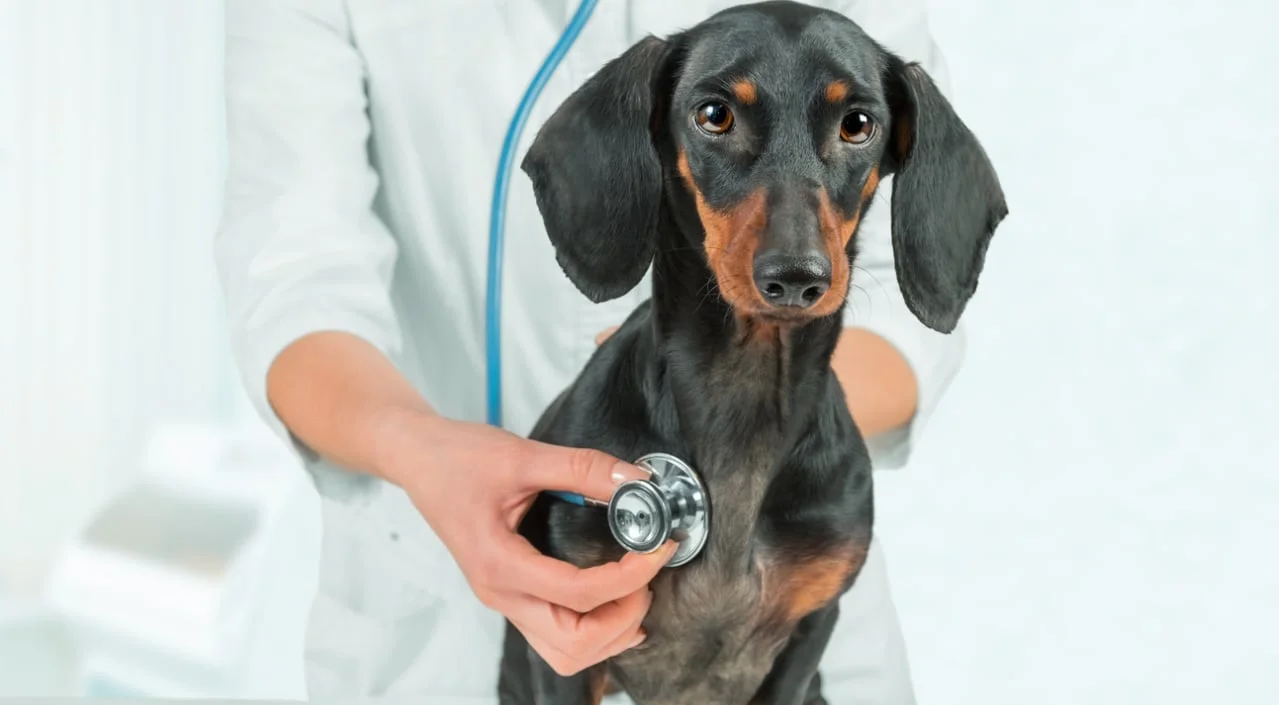As a pet owner, it can be scary and overwhelming when you hear that your dog might need surgery. One of the most common types of surgery for dogs is mass removal surgery. This procedure involves removing growths, lumps, or tumors from your dog’s body. Whether it’s a benign (non-cancerous) mass or a malignant (cancerous) one, understanding the process of mass removal surgery for dogs can help ease your worries.
In this blog, we’ll talk about the costs, risks, and recovery process of mass removal surgery for dogs. We’ll break it down step by step so you know what to expect when your furry friend needs this procedure.
What is Mass Removal Surgery for Dogs?
Mass removal surgery for dogs is a procedure where a veterinarian removes lumps, bumps, or tumors from your dog’s body. These growths can appear anywhere on your dog’s skin or inside their body. Some lumps are harmless, while others might be more serious, like cancer. The goal of the surgery is to remove the mass and improve your dog’s health.
In some cases, your dog may need additional treatments, like chemotherapy or radiation, especially if the mass is cancerous. However, many dogs recover well after surgery and go on to lead happy, healthy lives.
Why Does Your Dog Need Mass Removal Surgery?
There are several reasons your dog may need canine mass removal surgery. Here are the most common ones:
- Benign tumors: These are non-cancerous growths that can be removed easily with surgery.
- Cancerous tumors: If a mass is cancerous, removing it is an important step in treating the disease.
- Infected masses: Some growths may become infected, causing pain and discomfort for your dog.
If you notice any unusual lumps or bumps on your dog’s body, it’s a good idea to have them checked by a veterinarian. Early detection is key to ensuring the best outcome for your dog’s health.
Costs of Mass Removal Surgery in Dogs
When it comes to the cost of mass removal surgery dog, several factors can affect the price.
- Your dog’s size: Larger dogs may require more anesthesia and a longer surgery time, which can increase the cost.
- Type of mass: Benign masses are usually easier to remove and cost less than malignant (cancerous) masses.
- Location of surgery: If the mass is deep inside the body, surgery can be more complicated and expensive.
- Post-surgery care: You may also need to consider the costs of follow-up appointments, medications, and any extra care your dog might need during recovery.
It’s always a good idea to talk to your vet about the costs before the surgery so you can plan accordingly.
Can Pet Insurance Help with Costs?
If your dog has pet insurance, it may cover some of the costs of canine mass removal surgery. Check with your insurance provider to see if mass removal surgery is included in your policy. Some policies may cover the entire procedure, while others may only cover part of the cost. If you don’t have pet insurance, it’s worth considering getting a policy to help with future medical expenses.
Risks of Mass Removal Surgery for Dogs
Like any surgery, mass removal surgery for dogs comes with some risks. While it is generally safe, it’s important to understand the potential complications. Here are some of the risks to consider:
- Anesthesia: As with any surgical procedure, your dog will need anesthesia. While modern anesthesia is safe, there is always a small risk of a reaction, especially in older dogs or dogs with underlying health issues.
- Infection: After surgery, there is a chance of infection at the incision site. Your veterinarian will provide instructions on how to care for the incision to minimize this risk.
- Bleeding: Some bleeding during surgery is normal, but excessive bleeding can occur in certain situations.
- Recurrence: In some cases, the mass may come back after surgery. This is more common with cancerous masses, so your vet may recommend additional treatments after the surgery.
Before the surgery, your vet will discuss the potential risks with you and help you make an informed decision for your dog’s health.
Recovery After Mass Removal Surgery in Dogs
After your dog has mass removal surgery, they will need time to heal. The recovery process can vary depending on the type of surgery and the location of the mass, but in general, most dogs recover quite well.
What to Expect During Recovery
- Post-surgery care: Your veterinarian will give you specific instructions for caring for your dog after surgery. This will likely include keeping the surgical site clean and dry, administering medications (such as pain relievers or antibiotics), and limiting your dog’s activity.
- Limit activity: For the first couple of weeks, you will need to keep your dog from jumping, running, or playing. This will help prevent the incision from opening up and reduce the risk of complications.
- Monitor the incision: Keep an eye on your dog’s incision to make sure it heals properly. Look for signs of infection, such as redness, swelling, or discharge, and contact your vet if you notice anything unusual.
- Follow-up visits: Your vet may ask you to bring your dog in for a follow-up appointment to check on the healing process. If the mass was cancerous, your vet may also recommend additional treatments, like chemotherapy or radiation.
How Long Does Recovery Take?
Most dogs recover from mass removal surgery dog within 2 to 4 weeks. During this time, it’s important to follow your vet’s instructions to ensure a smooth and speedy recovery. Some dogs may need longer recovery periods, especially if the surgery was more complicated or if the mass was cancerous.
Signs That Your Dog is Healing Well
Here are some signs that your dog is recovering well from canine mass removal surgery:
- Eating and drinking normally: If your dog is eating, drinking, and acting like their usual self, that’s a good sign they are on the road to recovery.
- Good energy levels: Once your dog is past the initial recovery phase, they should begin to regain their energy and interest in play and walks.
- Clean incision: The incision should be clean, dry, and healing without signs of infection.
Schedule an appointment today!
Mass removal surgery for dogs is a common and generally safe procedure that can help improve your dog’s health and quality of life. While the cost and risks of surgery are important to consider, many dogs recover fully and go on to live happy, healthy lives. With proper care and attention, your dog will be back to their normal routine in no time.
If your dog needs canine mass removal surgery, don’t hesitate to contact a trusted veterinarian to discuss the best options for your pet. You can also inquire about payment plans or insurance to make the procedure more affordable.
Ready to take the next step in your dog’s health? Book an appointment with our experienced veterinary team today to schedule your dog’s mass removal surgery. We’re here to help your dog feel better and live a longer, healthier life!
FAQs
What is mass removal surgery for dogs?
Mass removal surgery for dogs is a procedure where a veterinarian removes growths, lumps, or tumors from your dog’s body. This can be done to remove benign or malignant masses to improve your dog’s health.
Is mass removal surgery safe for dogs?
Yes, canine mass removal surgery is generally safe. However, as with any surgery, there are some risks, such as complications from anesthesia, infection, or bleeding. Your vet will discuss these risks with you beforehand.
How long does it take for a dog to recover from mass removal surgery?
Most dogs take about 2 to 4 weeks to fully recover from mass removal surgery dog. During this time, you’ll need to limit your dog’s activity and follow your vet’s aftercare instructions carefully.
Can mass removal surgery cure cancer in dogs?
If the mass is cancerous, canine mass removal surgery can help remove the tumor, but additional treatments like chemotherapy or radiation may be needed to prevent recurrence and treat the cancer further.
What are the signs that my dog is healing well after surgery?
Signs of a successful recovery include eating and drinking normally, normal energy levels, and a clean, healing incision site. If you notice any issues like redness or swelling at the incision site, contact your vet.
 Get $20 Off
Get $20 Off








